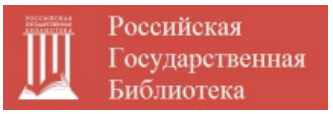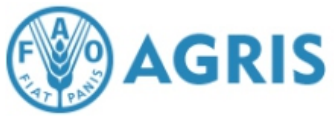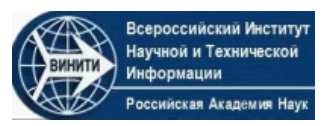Efficiency of chemical weeding in the fight against ragweed and other weeds on sunflower crops in the steppe zone of the Kabardino-Balkarian Republic
Kh.Sh. Tarchokov, F.Kh. Bzhinaev, D.A. Tutukova
Upload the full text
Abstract. The studies were conducted in 2021–2023 to suppress weeds, including a particularly dangerous object of internal quarantine in our country, common ragweed (Ambrosia artemisiaflia L.) in sunflower (Helianthus annuus L.) crops. In 2021–2023, the effect of Gaur, KE (240 g/l) and Gezagard, KS (500 g/l) herbicides on weed infestation of Master sunflower crops was studied in the steppe zone of the Kabardino-Balkarian Republic. The experimental design included comparison of variants with and without a herbicide background at different application rates: 1 – control (economic); 2 – control without weeds (weeds were removed manually as they appeared on crops during the sunflower growing season); 3, 4; 5 – application of different doses of herbicides to the soil. A high degree of suppression of common ragweed (85.0–90.8 %) and other species (73.0–89.6 %) was noted against the background of application of the soil herbicide Gaur, KE in doses of 0.8 and 1.0 l/ha, applied to the soil under “blind” harrowing. This protects against losses of up to 0.5–0.9 t/ha of sunflower seeds compared to the data in the farm control (1.7 t/ha). The calculations showed that against the background of changes in the weed-field cenosis, the economic efficiency of chemical weeding was revealed. In the variants with the use of herbicides, the cost of proceeds was 21,000–23,000 rubles/ha against 15,000 rubles/ha in the farm control. When using Gaur and EC at doses of 0.8 and 1.0 l/ha, the profitability level was 114 and 122 %, respectively.
Keywords: sunflower (Helianthus annuus L.), ragweed (Ambrosia artemisiaflia L.), herbicides, agroecosystems, weeds, crop infestation
For citation. Tarchokov Kh.Sh., Bzhinaev F.Kh., Tutukova D.A. Efficiency of chemical weeding in the fight against ragweed and other weeds on sunflower crops in the steppe zone of the Kabardino-Balkarian Republic. News of the Kabardino-Balkarian Scientific Center of RAS. 2024. Vol. 26. No. 6. Pp. 227–236. DOI: 10.35330/1991-6639-2024-26-6-227-236










